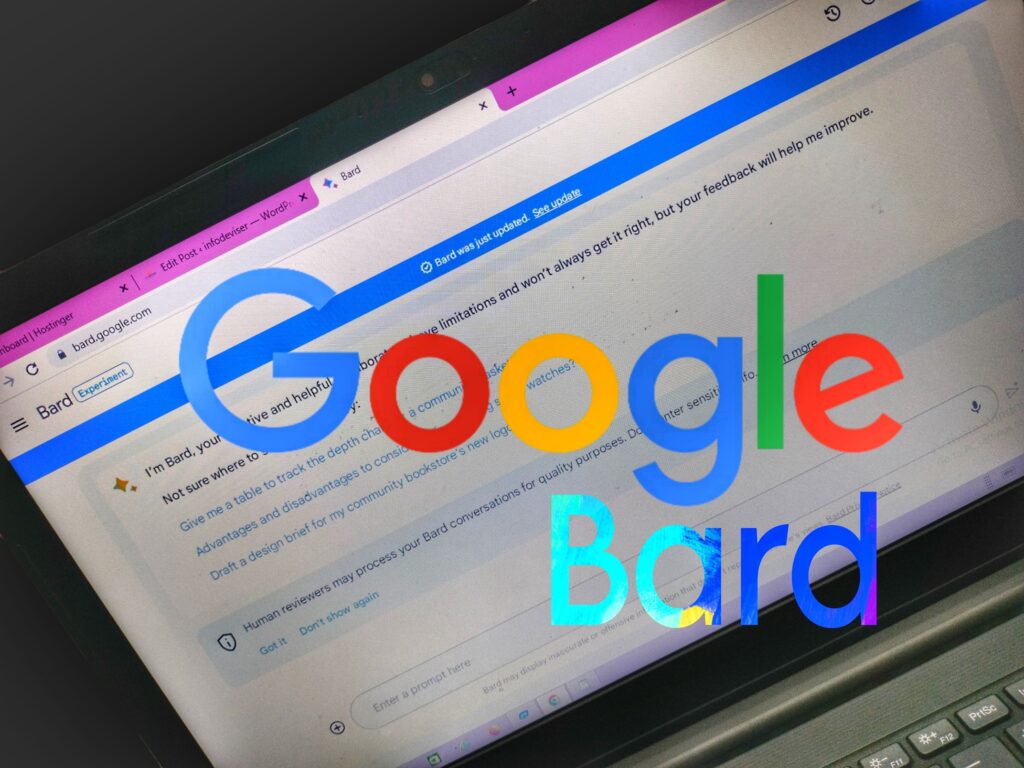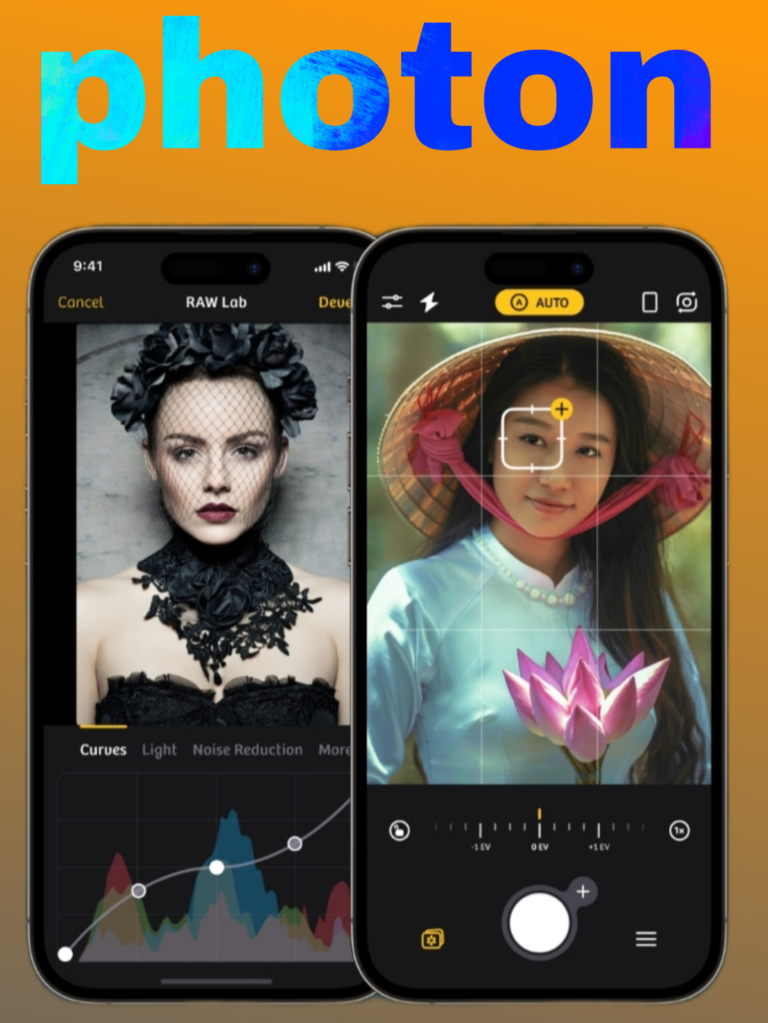Google Bard 2.0: New Features Update of Free AI Chatbot by Google

Artificial intelligence is gaining popularity day by day, with individuals across various fields utilizing AI chatbots to streamline their daily activities. Currently, OpenAI’s ChatGPT holds the top position in the market. However, a significant shift is on the horizon. Google’s AI counterpart, Bard, recently received its most substantial update, their AI conversational agent, enhancing its intelligence and flexibility to unprecedented levels. As a direct rival to OpenAI’s ChatGPT, Google Bard has garnered significant attention from professionals spanning diverse industries. By launching Bard 2.0, Google intends to strengthen its standing in the AI chatbot industry by introducing novel functionalities and expanding its accessibility to a worldwide user base,enhancing its intelligence significantly. Below are the specifics regarding Google Bard 2.0 :
Now Google bard is offering enhanced user experience and functionality
Here is the list of new key features that are going to be added up in Google Bard 2.0, making it more capable and user friendly :
Ability to pin and rename conversations:
Google Bard has been enhanced with the capability to pin and alter conversations, facilitating convenient referencing and arrangement. Users can designate significant conversations with a straightforward selection, guaranteeing effortless revisitation and retrieval of valuable information. This functionality optimizes communication and enhances the efficiency of user interactions with Bard.”
New Audio response feature:
Users now have the ability to hear Bard’s replies. This auditory functionality accommodates more than 40 languages, simplifying comprehension of pronunciations, savoring poetry, or animating scripts. By inputting a prompt and selecting the audio icon, users can avail themselves of Bard’s spoken responses.
Easy customization of responses:
Customization is now available for adjusting Bard’s responses according to individual preferences. Users have a selection of five distinct options: simple, long, short, professional, or casual. This functionality is currently active in English and will soon expand to additional languages.
Allows using images into prompts:
Bard 2.0 further allow users to integrate images into their prompts, enhancing comprehension and depth. As an example, users can upload an image of a painting to obtain valuable details about its artistic background. This amalgamation of visual elements empowers users to explore their areas of interest more extensively, enhancing their overall interaction with Google Bard.
Effortless migration of python code to the Replit:
Bard now provides the capability to export Python code to Replit, an integrated development environment (IDE) hosted on the cloud. This feature enables users to smoothly transfer Python code created by Bard to Replit, promoting code sharing and collaboration among programmers and developers.
New response sharing feature:
Moreover, the update unveils the choice to share Bard’s responses, whether partially or completely, with others. By selecting the share option, users can effortlessly share their conversations with particular individuals or communities. This functionality fosters cooperation and the exchange of knowledge, empowering users to collectively harness Bard’s expertise.
These are merely a handful of the capabilities offered by Bard. With its latest update, Bard is evolving into an increasingly potent and adaptable tool.







